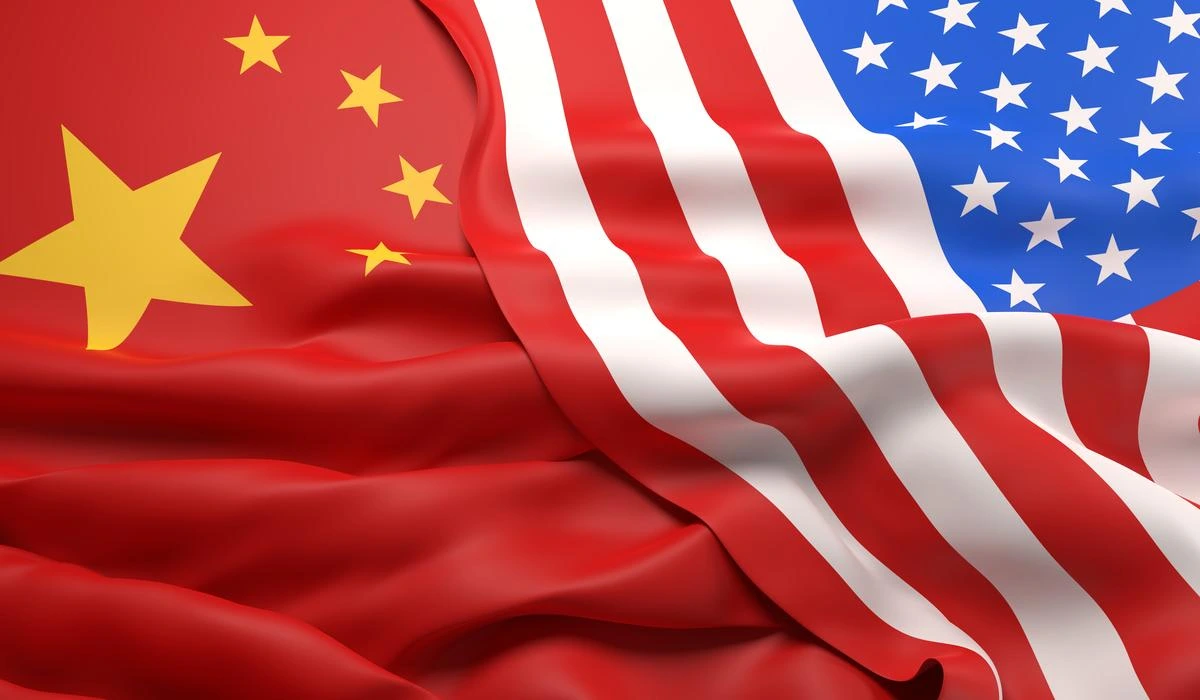HONOLULU — The United States and China held three days of maritime security talks in Hawaii this week, a rare sign of military engagement between the two powers after months of strained relations and regional tensions.
The discussions, described by Beijing as “frank and constructive,” marked the latest step in restoring defense communication channels that had stalled during a renewed period of trade and security friction.
The meetings were held November 18 to 20 under the framework of the Military Maritime Consultative Agreement, a twice yearly mechanism used by Washington and Beijing to manage naval and air encounters.
“This round of dialogue is important for preventing miscalculations at sea,” a senior US defense official said Friday.
The renewed maritime security talks follow a year of increasing military friction as both nations expanded their presence in the South China Sea and around Taiwan.
China has intensified air and naval deployments near the self-governed island, while the United States has continued its routine freedom of navigation transits in waters Beijing claims as sovereign.
The April meeting earlier this year marked the first working level military contact since the start of President Donald Trump’s second term.
Analysts viewed it as a cautious sign of thawing relations, though both governments remain sharply divided on territorial disputes.
China’s navy said in a statement that the Hawaii discussions focused on the “current maritime and air security situation” and typical cases of recent encounters between the two militaries. The Pentagon confirmed the agenda centered on operational safety and incident prevention.
Experts say the return of structured dialogue is noteworthy, even if it does not signal a broader breakthrough.
“These maritime security talks are a stabilizing tool, not a solution,” said Laura Kent, a senior fellow at the Pacific Security Institute.
They help reduce the risk of an accidental clash, especially when both navies are operating so closely in the region. Maj. Gen. Robert Halstead, a retired US Marine Corps strategist, noted that the discussions allow officers to confront sensitive issues directly.
“The South China Sea is the flashpoint. Every encounter, every near miss adds to the risk. Sitting down face-to-face is essential,” he said.
Beijing’s opposition to US transits through the Taiwan Strait remains unchanged. In its statement, the Chinese navy criticized American patrols, calling them infringement and provocation, although the waters are internationally recognized sea lanes.
“For China, symbolism matters,” said Yuting Zhao, a Beijing based maritime analyst. “They want to show they are not backing down, even as they participate in dialogue.”
Regional watchdog groups have tracked a sharp rise in naval encounters since last year.
The Asia Maritime Transparency Initiative recorded more than forty close quarter incidents between Chinese and US or allied vessels from January through September, compared with twenty six in the same period a year earlier.
The Taiwanese Ministry of Defense reported that Chinese aircraft entered its air defense identification zone on forty seven days in the past two months.
The United States responded with additional reconnaissance flights and joint patrols with allies including Japan and the Philippines.
Analysts say the intensification of activity underscores the importance of maritime security talks as a risk reduction measure, even if political tensions remain unchanged.
In Honolulu, where the meetings took place, some residents with ties to the military expressed cautious optimism.
“We see ships from both countries passing through these waters all the time,” said Mark Teves, a retired US Navy officer living near Pearl Harbor. “Anything that keeps communication open is good.
One wrong move out there can turn into something nobody wants.” Chinese American community members also saw the talks as a positive step.
“I have family in Guangdong and family here,” said Li Wen, a restaurant owner in Honolulu. “People just want peace. These discussions show that both countries are at least willing to talk.”
A Taiwanese student studying at the University of Hawaii, however, voiced concern that the talks might not address deeper security fears. “Taiwan is caught in the middle,” said Chia-Ling Huang. Dialogue is good, but the pressure from China is still growing.
U.S Defense Secretary Pete Hegseth pressed Chinese Defense Minister Dong Jun last month on transparency regarding China’s nuclear modernization and its expanding regional posture.
American officials have pushed for theater level commander talks, which Beijing previously halted. Diplomats expect another round of maritime security talks next spring, though the schedule could shift if regional developments escalate.
Tensions could heighten depending on military activity in the South China Sea, where recent confrontations between Chinese coast guard vessels and Philippine supply ships have raised additional concerns.
“Even with the talks, nothing about the strategic competition is going away,” said Kent, the Pacific Security Institute analyst. “But dialogue keeps doors open, and open doors reduce danger.”
The resumption of maritime security talks in Hawaii offered a measured sign of progress in U.S.-China military communications, even as both sides continue to assert sharply conflicting positions in the region.
With naval and air encounters rising and distrust deepening, analysts say regular dialogue remains one of the few tools available to prevent incidents from spiraling into broader conflict.

